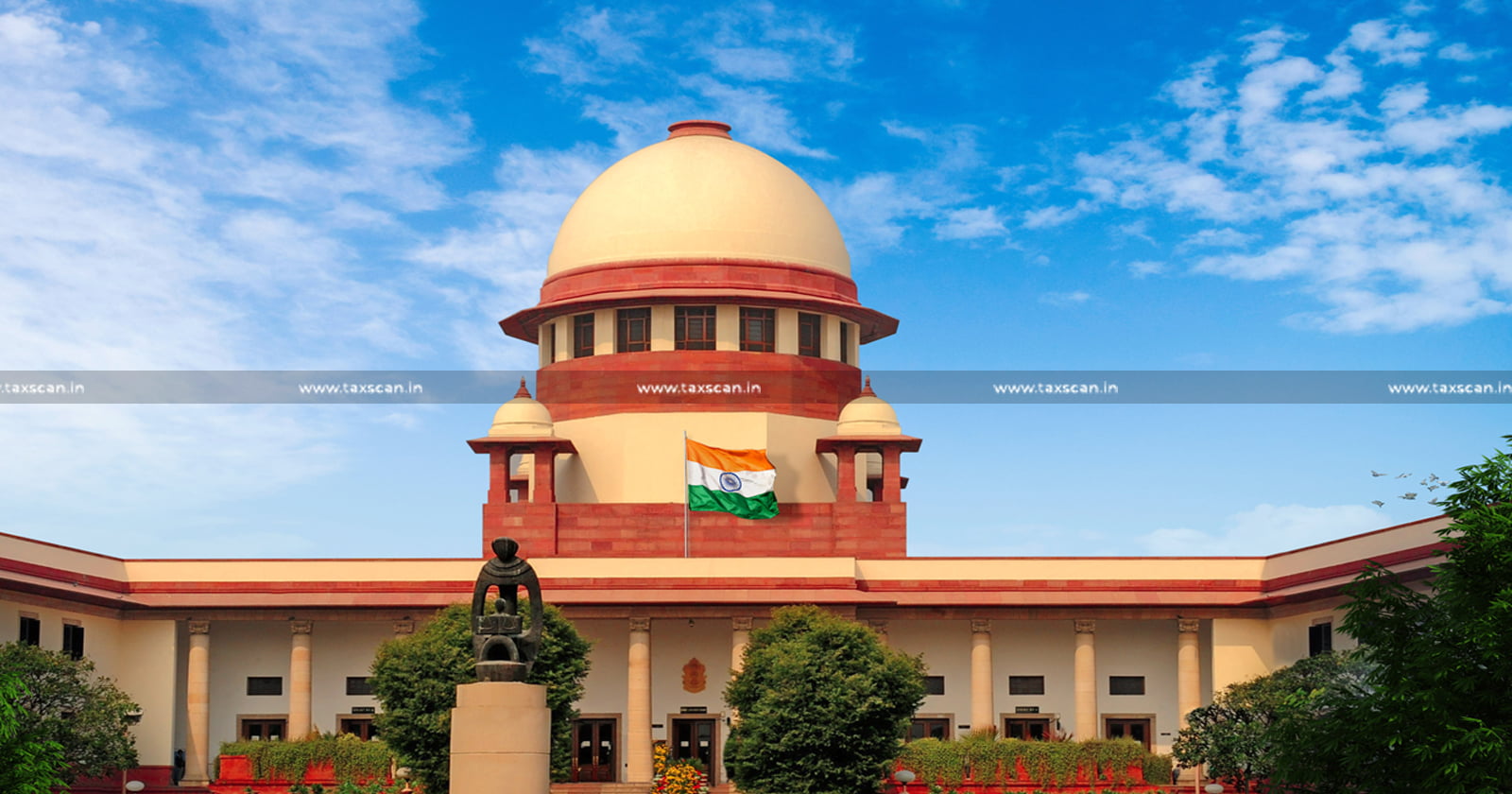Resolution Applicant cannot Withdraw or Modify the Resolution Plan after approved by Committee of Creditors: Supreme Court [Read Judgement]
The court held that the resolution plan, as submitted by the successful resolution applicants – Deccan Value Investors L.P. and DVI PE (Mauritius) Ltd., is approved

Resolution applicant – resolution plan – Committee of Creditors – Supreme Court – taxscan
Resolution applicant – resolution plan – Committee of Creditors – Supreme Court – taxscan
The Supreme Court viewed that resolution applicant cannot withdraw or modify the resolution plan after approved by committee of creditors. The court held that the resolution plan, as submitted by the successful resolution applicants – Deccan Value Investors L.P. and DVI PE ( Mauritius ) Ltd., is approved.
The cross-appeals was filed under Section 62 of the Insolvency and Bankruptcy Code, 20161 filed by the successful resolution applicants – Deccan Value Investors L.P. and DVI PE ( Mauritius ) Ltd.; the Committee of Creditors of Metalyst Forgings Limited; and Dinkar Venkatasubramanian - the Resolution Professional of Metalyst Forgings Limited.
The company in question, the corporate debtor, is Metalyst Forgings Ltd. The Court observed that the impugned judgment dated passed by the National Company Law Appellate Tribunal, New Delhi, ( “NCLAT” ) which upholds the order passed by the National Company Law Tribunal, Mumbai Bench, Mumbai, is legally flawed and unsustainable in view of the judgment rendered in “Ebix Singapore Private Limited v. Committee of Creditors of Educomp Solutions Limited and Another”.
In Ebix Singapore Private Limited , it was held that the resolution applicant cannot withdraw or modify the resolution plan, after the same is approved by the Committee of Creditors. It is immaterial that post approval by the Committee of Creditors, there is consideration under Section 31(1) of the Code by the adjudicating authority for final approval.
The judgment elaborates and sets out several reasons why the resolution applicant cannot be permitted to withdraw or modify the resolution plan after approval by the Committee of Creditors, and before an order under Section 31(1) of the Code is passed. These reasons include delay, consequences of the delay and the uncertainty and complexities that would arise in the Corporate Insolvency Resolution Process, which are unacceptable and not contemplated in law. Even the terms of the resolution plan, will not permit withdrawal or modification in the absence of a statutory provision, that allow withdrawal or amendment in the resolution plan after approval by the Committee of Creditors.
The resolution plan approved by the Committee of Creditors is a creature of the Code and not a pure contract between two consenting parties. The effect of approval by the adjudicating authority under Section 31(1) of the Code makes the resolution plan binding on all stakeholders, even those who are not members of the Committee of Creditors. The scrutiny by the adjudicating authority for grant of approval in terms of Section 31(1), read with other provisions of the Code, is limited and restricted. It does not allow or permit the resolution applicant to unilaterally amend/modify, or withdraw the resolution plan post approval by the Committee of Creditors.
It was observed that the successful resolution applicants do not qualify and cannot be treated as a fraud on the part of the resolution professional. The resolution plan submitted by the successful resolution applicants refers to the transaction audits being undertaken and acknowledges appropriation of the proceeds, if any available, to the resolution professional on the recoveries being made for prior period. The principle of “clean slate” is well established and known.
Resolution plans are not prepared and submitted by lay persons. They are submitted after the financial statements and data are examined by domain and financial experts, who scan, appraise evaluate the material as available for its usefulness, with caution and scepticism
A two judge bench comprising Justice Sanjiv Khanna and Justice Dipankar Datta observed that “Financial experts being aware, do tread with caution. Information memorandum is not to be tested applying “the true picture of risk” obligation, albeit as observed by the NCLAT the resolution professional’s obligation to provide information has to be understood on “best effort” basis.”
The Court set aside the impugned judgment passed by the NCLAT, upholding the order passed by the NCLT. The Court allowed the appeal and held that the resolution plan, as submitted by the successful resolution applicants – Deccan Value Investors L.P. and DVI PE ( Mauritius ) Ltd., is approved.
To Read the full text of the Order CLICK HERE
Support our journalism by subscribing to Taxscan premium. Follow us on Telegram for quick updates


